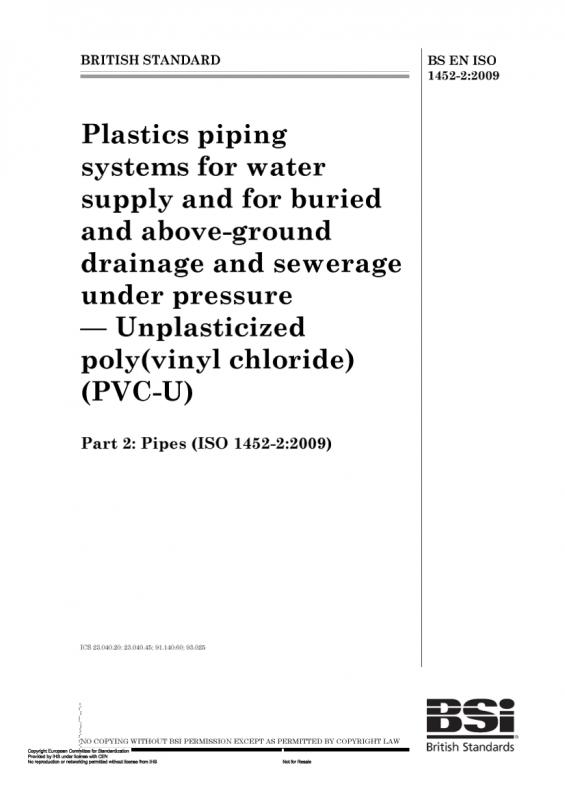Plastics - Methods of exposure tolaboratory light sourcesPart 1:General guidance
Plastiques -Méthodesd'exposition à des sources lumineuses delaboratoire
Partie 1: Lignes directrices générales
Plastics are often used outdoors or in indoor locations where they are exposed to solar radiation or tosolar radiation behind glass for long periods, lt is therefore very important to determine the effects ofsolar radiation, heat, moisture and other climatic stresses on the colour and other properties ofplasticsOutdoor exposures to solar radiation and to solar radiation filtered by window glass are described inIS0 877 (all parts).l1] However, it is oftey necessary to determine more rapidly the effects of radiationheat and moisture on the physical, chemical and optical properties of plastics with artificialacceleratedweathering or artificial accelerated ijradiation exposures that use specific laboratorylight sourcesExposures in these laboratory devices are conducted under more controlled conditions than foundin natural environments and are intended to accelerate eventual polymer degradatión and productfailures.
Relating results from accelerated weathering or artificial accelerated irradiation exposures to thoseobtained in actual-use conditions is difficult because of variability in both types of exposure andbecause laboratory tests never reproduce exactly all the exposure stresses experienced by plasticsexposed in actual-use conditions, No single laboratory exposure test can be specified as a totalsimulationof actual-use exposures.
The relatfe durability of materials in actual-use exposures can be very different depending onthe location ofthe exposure because of differences in UV radiation, time of wetness, temperature.pollitants and other factors, Therefore, even if resultS from specific accelerated weathering orarúficialdécelerated irradiation exposures are found t6 be üsefulfor comparing the relative durabilityof materials exposed in a particular outdoor location or in particular actual-use conditions, it cannotbe assumed that they will be useful for determining the relative durability of materials exposed in adifferent outdoor location or in different actual-use conditions.









